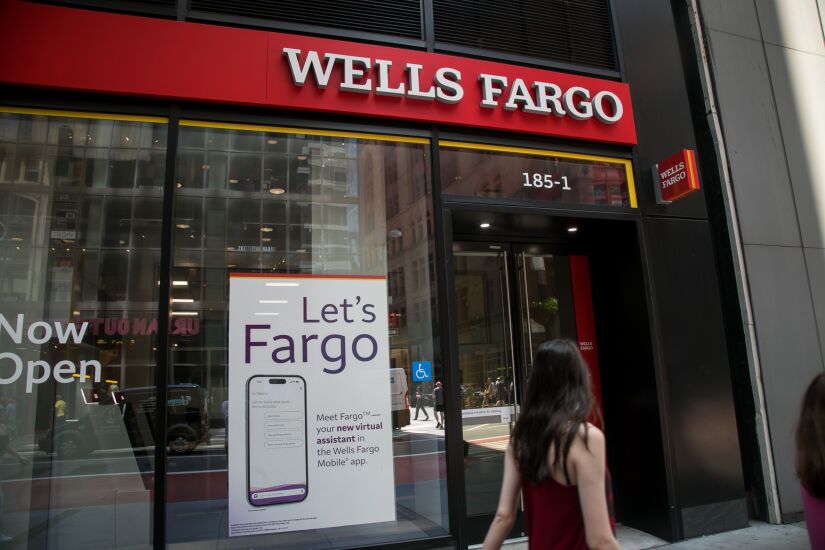A parade of bank CEOs at an industry conference in New York City this week faced the same pressing question: How soon will rising deposit costs stabilize?
Their answers, which came about a little over a month before banks will report their fourth-quarter results, reflected growing optimism in the industry that the Federal Reserve will hold interest rates steady or start cutting them in the first half of next year, and that banks will benefit as deposit prices plateau.
Truist Financial CEO Bill Rogers expressed what seemed to be the consensus view when he said that deposit betas, which measure the sensitivity of deposit costs to changes in short-term interest rates, are "abating" but not yet "abated."
Some other bank chief executives, who addressed analysts at the Goldman Sachs U.S. Financial Services Conference, spoke about the link between higher deposit costs and sluggish loan volumes. Once deposit costs start to subside, their comments suggested, loan volumes will rise more quickly as banks see opportunities to book more profitable assets.
Across the banking industry in the third quarter, deposit costs rose faster than loan yields, and total loan and lease balances rose by a meager 0.4%,
What follows is a rundown of the current outlook for deposit costs at six large and midsize U.S. banks.











